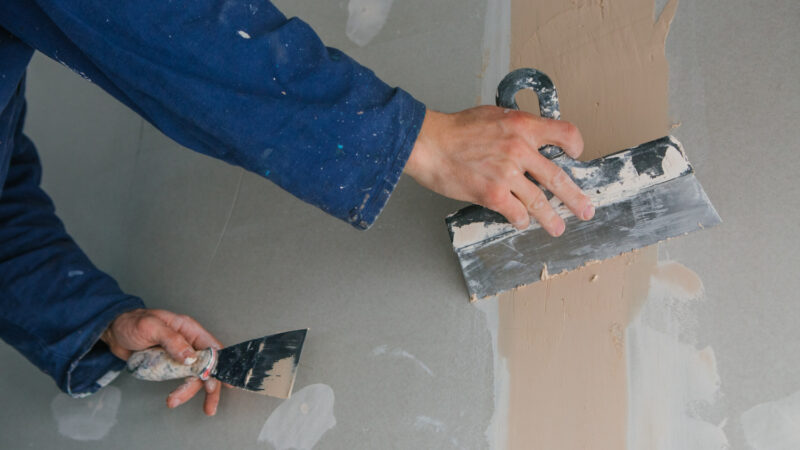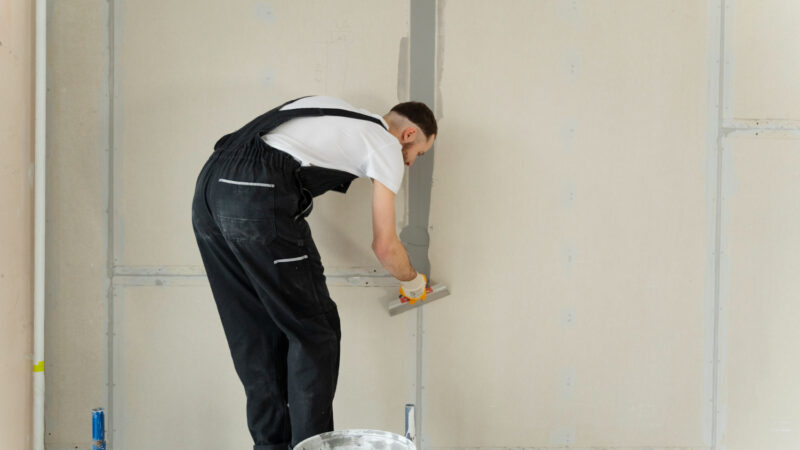Water blasting, also known as pressure washing or hydro blasting, has become a versatile and efficient method for cleaning various surfaces. Whether you’re tackling industrial equipment, residential exteriors, or graffiti-covered walls, water blasting can be a powerful solution. In this comprehensive guide, we will explore the applications, benefits, and important considerations associated with water blasting.
Understanding Water Blasting: What is it?
Water blasting involves the use of high-pressure water jets to remove dirt, grime, mould, grease, and other contaminants from surfaces. The equipment used in water blasting typically consists of a high-pressure pump, hoses, and a specialised nozzle that concentrates the water stream. The pressure can be adjusted based on the specific cleaning requirements, making it suitable for a wide range of applications.
Applications of Water Blasting: What is it for?
Industrial Equipment Cleaning:
Water blasting is widely used in industries to clean heavy machinery, manufacturing equipment, and storage tanks. The high-pressure water can effectively remove built-up residues, ensuring optimal performance and prolonging the life of the equipment.
Building Exteriors and Facades:
For commercial and residential properties, water blasting is an excellent method for cleaning building exteriors, facades, and sidewalks. It can efficiently remove dirt, algae, mildew, and stains, restoring the appearance of the structure.
Graffiti Removal:
Graffiti can be an eyesore on public spaces or private properties. Water blasting provides a non-destructive method to remove graffiti from walls, bridges, and other surfaces without causing damage.
Vehicle Cleaning:
Water blasting is also used in the automotive industry for cleaning vehicles, including cars, trucks, and buses. It is effective in removing road grime, grease, and other contaminants from vehicle surfaces.
Benefits of Water Blasting: Why do it?
It’s Environmentally Friendly:
Unlike some chemical cleaning methods, water blasting is environmentally friendly as it relies solely on the power of water. This makes it a sustainable choice for cleaning projects.
It’s Saves Time:
The high-pressure water stream makes water blasting a highly efficient cleaning method. It can significantly reduce cleaning time compared to traditional methods, improving overall productivity.
It’s Versatile:
Water blasting can be adapted to various surfaces and materials. With adjustable pressure settings and different nozzle types, it can be used on delicate surfaces like wood or robust materials like concrete.
Considerations for Different Surfaces: How to use it safely on different materials.
Surface Sensitivity:
Some surfaces may be more sensitive to high-pressure water, such as wood or painted surfaces. Adjust the pressure accordingly to avoid damage.
Choosing the Right Nozzle:
Different nozzles produce varying spray patterns and pressures. Selecting the appropriate nozzle for the task is crucial for achieving the desired cleaning results.
Safety Precautions:
Proper safety measures should be taken when using water-blasting equipment. This includes wearing protective gear, securing the work area, and ensuring that the operator is adequately trained.
Conclusion:
Water blasting has emerged as a go-to solution for a myriad of cleaning challenges, offering efficiency, versatility, and environmental friendliness. Understanding its applications, benefits, and considerations for different surfaces is essential for achieving optimal results while ensuring the safety of both operators and the environment. Whether you’re a homeowner, industrial professional, or part of a municipal cleaning crew, the guide to water blasting provided here can serve as your roadmap to effective and responsible cleaning practices.



